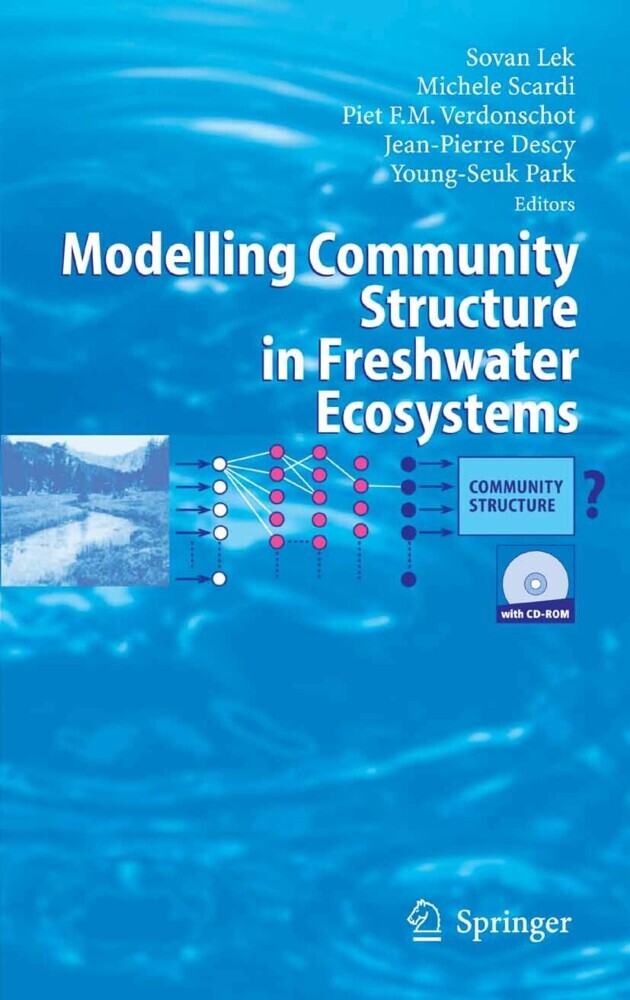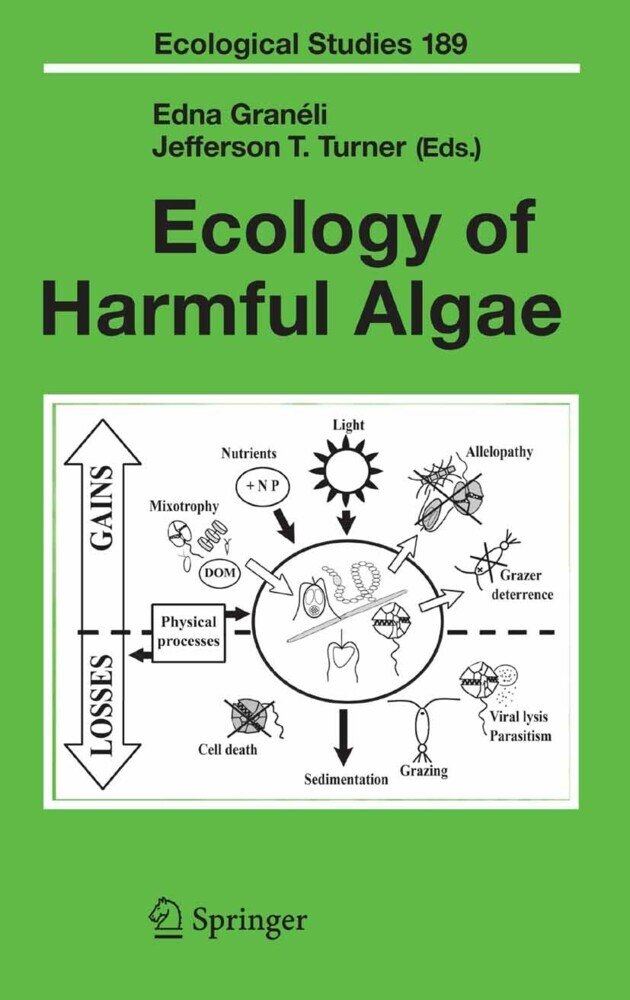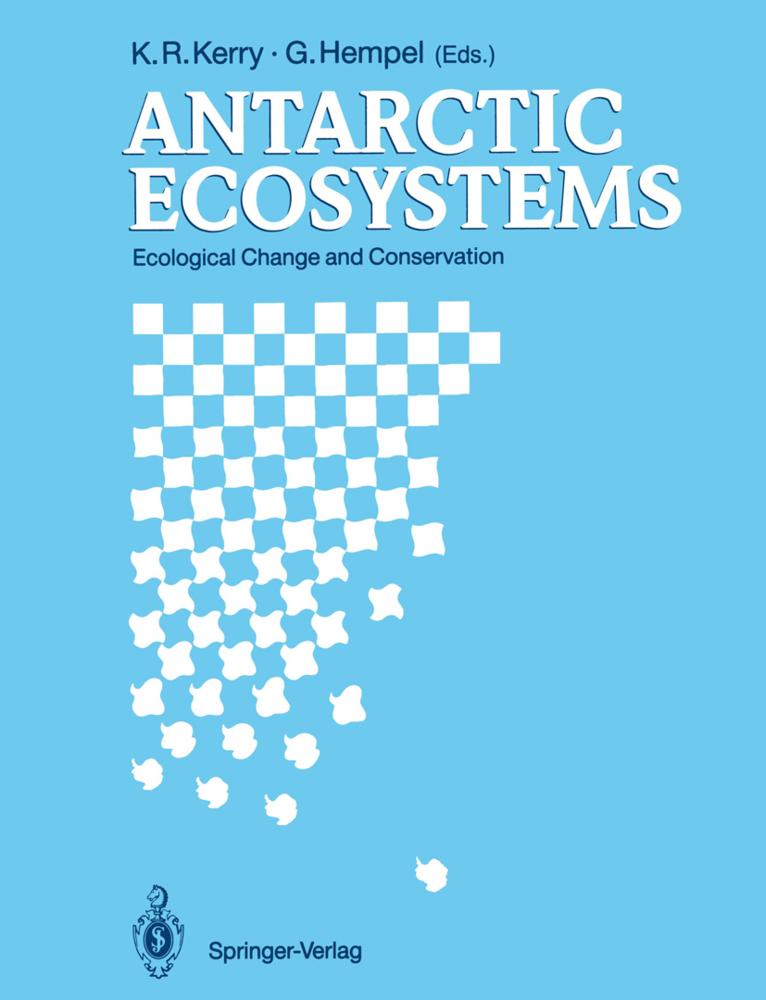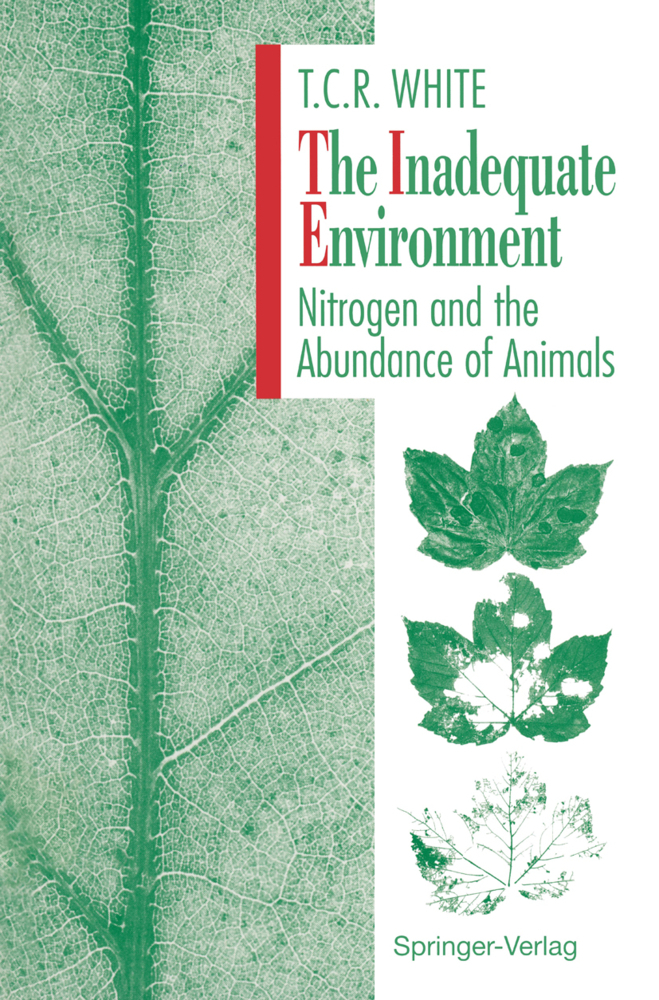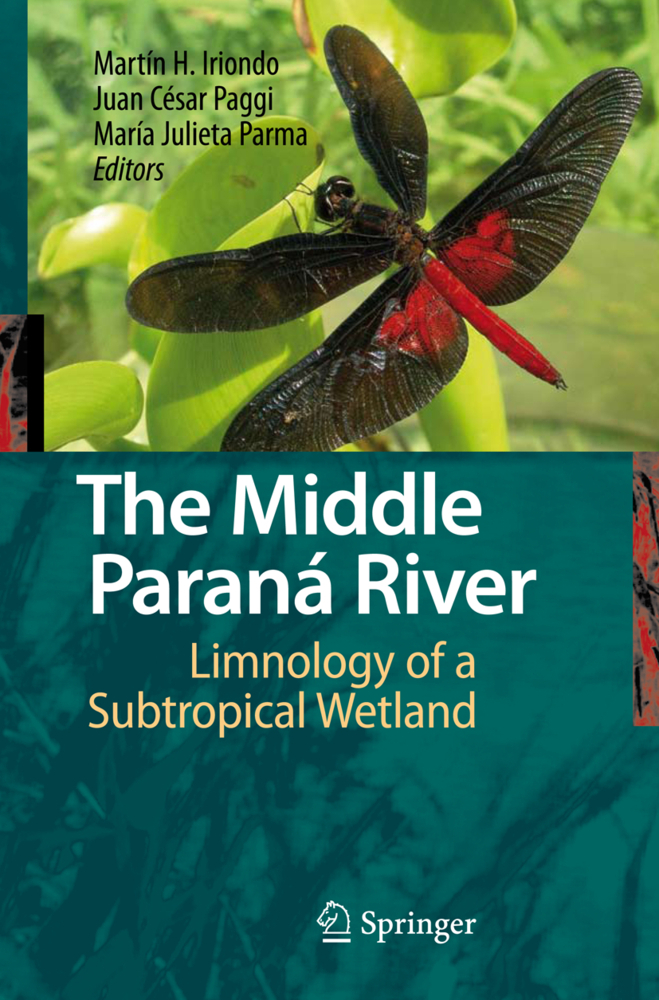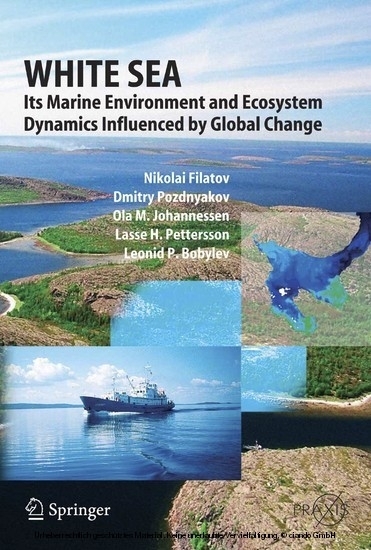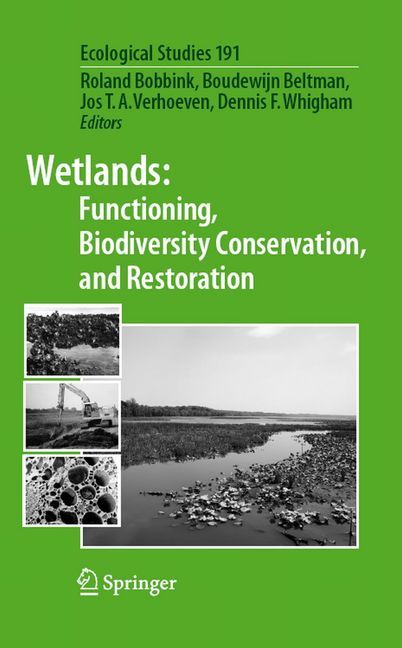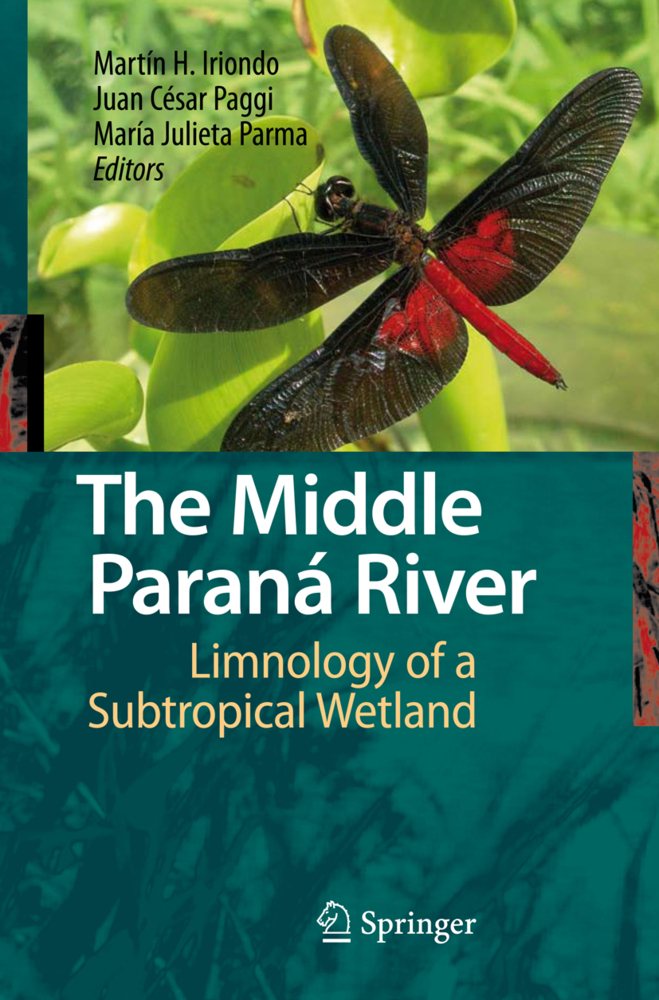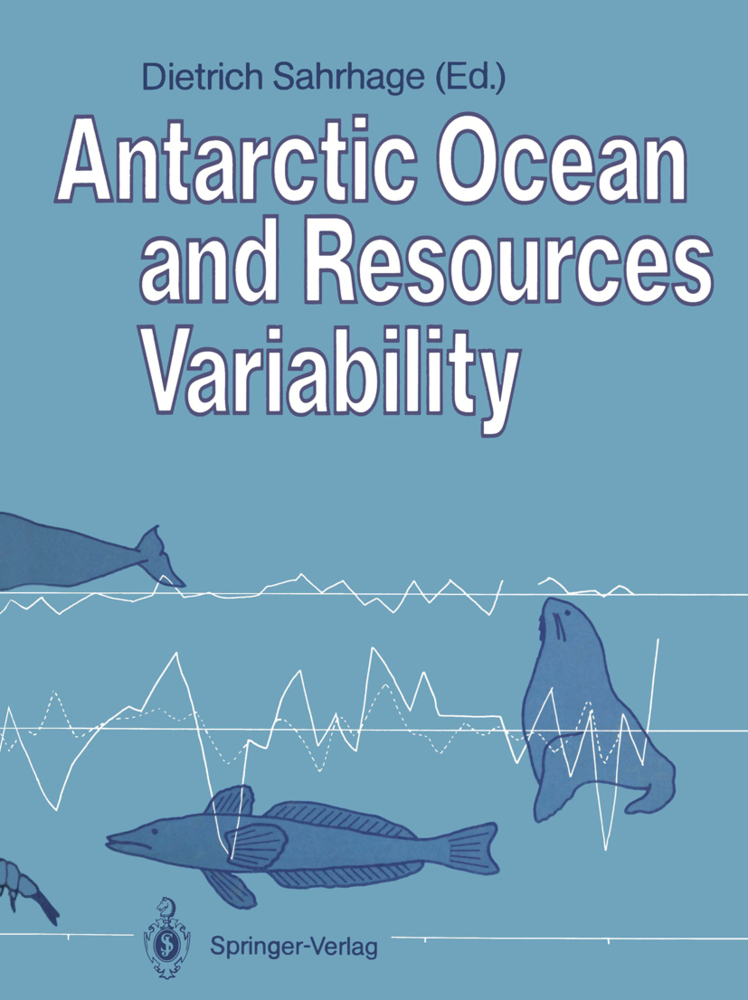Modelling Community Structure in Freshwater Ecosystems
The book presents approaches and methodologies for predicting the structure and diversity of key aquatic communities (namely diatoms, benthic macroinvertebrates and fish), under natural conditions and under man-made disturbance. Such an approach will make it possible to: 1) set up procedures for robust and sensitive ecosystem evaluation, based on the prediction of the expected community structure; 2) model community structure in disturbed ecosystems, taking into account all the relevant ecological variables; 3) test ecosystem sensitivity to natural and anthropic disturbance; and 4) explore specific actions to be taken for the restoration of ecosystem integrity.
1;Foreword;5 2;Contents;11 3;General introduction;13 4;1 Using bioindicators to assess rivers in Europe: An overview;18 4.1;1.1 Introduction;18 4.2;1.2 Stream typology;18 4.3;1.3 Diatom ecology and use for river quality assessment;20 4.4;1.4 Typologies, assessment systems and prediction techniques based on macroinvertebrates;23 4.5;1.5 Advantages of using fish as an indicator taxon;27 4.6;1.6 Conclusions;29 5;2 Review of modelling techniques;31 5.1;2.1 Introduction;31 5.2;2.2 Conventional statistical models;31 5.3;2.3 Artificial neural networks (ANNs);36 5.4;2.4 Bayesian and Mixture models;45 5.5;2.5 Support vector machines (SVMs);47 5.6;2.6 Genetic algorithms (GAs);48 5.7;2.7 Mutual information and regression maximisation (MIR-max);49 5.8;2.8 Structural dynamic models;49 6;3 Fish community assemblages;51 6.1;3.1 Introduction;51 6.2;3.2 Patterning riverine fish assemblages using an unsupervised neural network;53 6.3;3.3 Predicting fish assemblages in France and evaluating the influence of their environmental variables;64 6.4;3.4 Fish diversity conservation and river restoration in southwest France: a review;74 6.5;3.5 Modelling of freshwater fish and macro-crustacean assemblages for biological assessment in New Zealand;86 6.6;3.6 A Comparison of various fitting techniques for predicting fish yield in Ubolratana reservoir ( Thailand) from a time series data;100 6.7;3.7 Patterning spatial variations in fish assemblage structures and diversity in the Pilica River system;110 6.8;3.8 Optimisation of artificial neural networks for predicting fish assemblages in rivers;124 7;4 Macroinvertebrate community assemblages;140 7.1;4.1 Introduction;140 7.2;4.2 Sensitivity and robustness of a stream model based on artificial neural networks for the simulation of different management scenarios;142 7.3;4.3 A neural network approach to the prediction of benthic macroinvertebrate fauna composition in rivers;156 7.4;4.4 Predicting Dutch macroinvertebrate species richness and functional feeding groups using five modelling techniques;167 7.5;4.5 Comparison of clustering and ordination methods implemented to the full and partial data of benthic macroinvertebrate communities in streams and channels;176 7.6;4.6 Prediction of macroinvertebrate diversity of freshwater bodies by adaptive learning algorithms;198 7.7;4.7 Hierarchical patterning of benthic macroinvertebrate communities using unsupervised artificial neural networks;215 7.8;4.8 Species spatial distribution and richness of stream insects in south- western France using artificial neural networks with potential use for biosurveillance;230 7.9;4.9 Patterning community changes in benthic macroinvertebrates in a polluted stream by using artificial neural networks;248 7.10;4.10 Patterning, predicting stream macroinvertebrate assemblages in Victoria ( Australia) using artificial neural networks and genetic algorithms;261 8;5 Diatom and other algal assemblages;270 8.1;5.1 Introduction;270 8.2;5.2 Applying case-based reasoning to explore freshwater phytoplankton dynamics;272 8.3;5.3 Modelling community changes of cyanobacteria in a flow regulated river ( the lower Nakdong River, S. Korea) by means of a Self- Organizing Map ( SOM);282 8.4;5.4 Use of artificial intelligence (MIR-max) and chemical index to define type diatom assemblages in Rhône basin and Mediterranean region;297 8.5;5.5 Classification of stream diatom communities using a self- organizing map;313 8.6;5.6 Diatom typology of low-impacted conditions at a multi- regional scale: combined results of multivariate analyses and SOM;326 8.7;5.7 Prediction with artificial neural networks of diatom assemblages in headwater streams of Luxembourg;352 8.8;5.8 Use of neural network models to predict diatom assemblages in the Loire- Bretagne basin ( France);364 9;6 Development of community assessment techniques;375 9.1;6.1 Introduction;375 9.2;6.2 Evaluation of relevant species in communities: development of structuring indices for the classification of co
Lek, Sovan
Scardi, Michele
Verdonschot, P.F.M
Descy, J.-P.
Park, Young-Seuk
| ISBN | 9783540268949 |
|---|---|
| Artikelnummer | 9783540268949 |
| Medientyp | E-Book - PDF |
| Auflage | 2. Aufl. |
| Copyrightjahr | 2005 |
| Verlag | Springer-Verlag |
| Umfang | 518 Seiten |
| Sprache | Englisch |
| Kopierschutz | Digitales Wasserzeichen |

